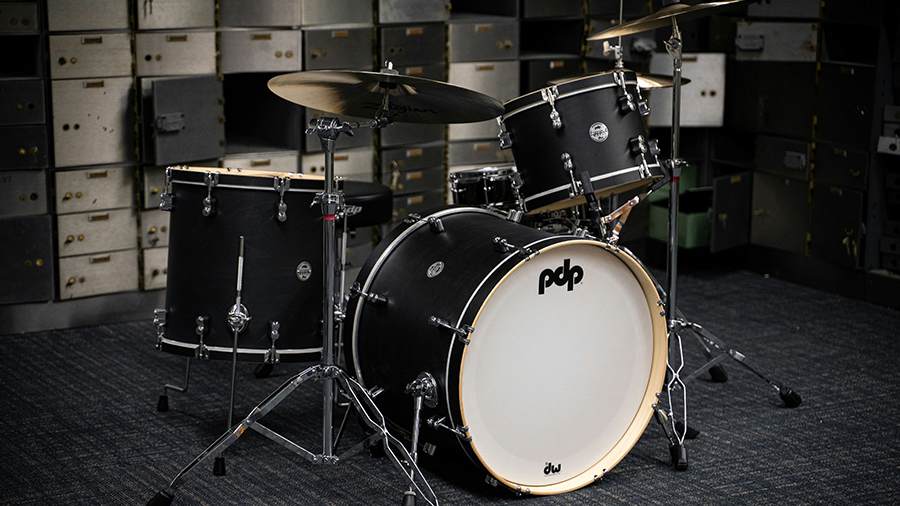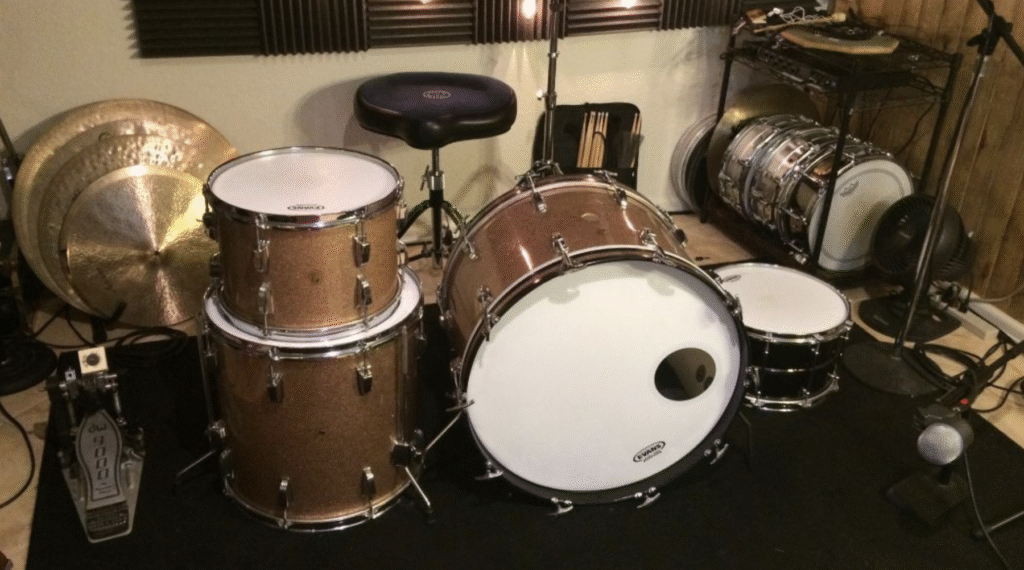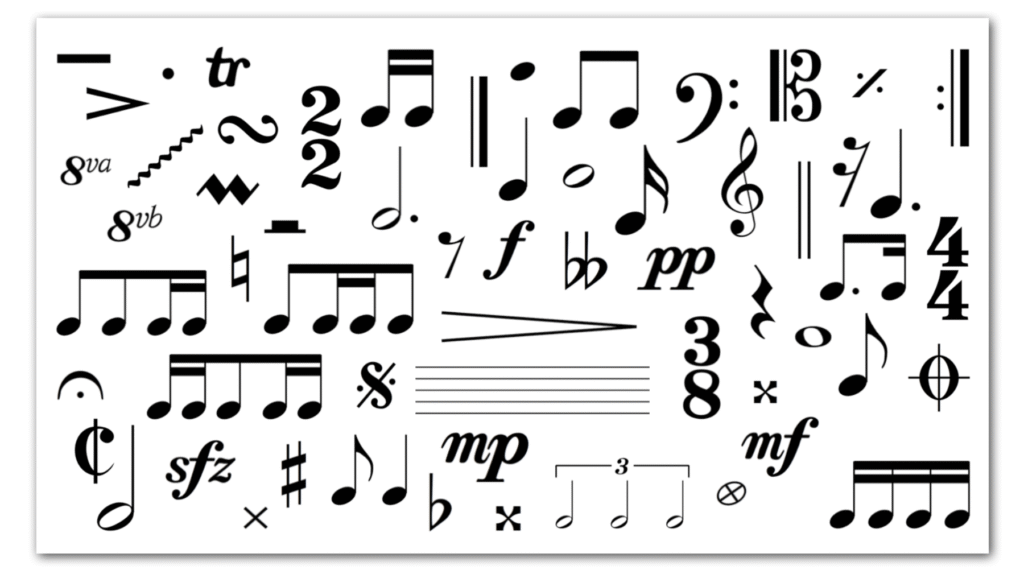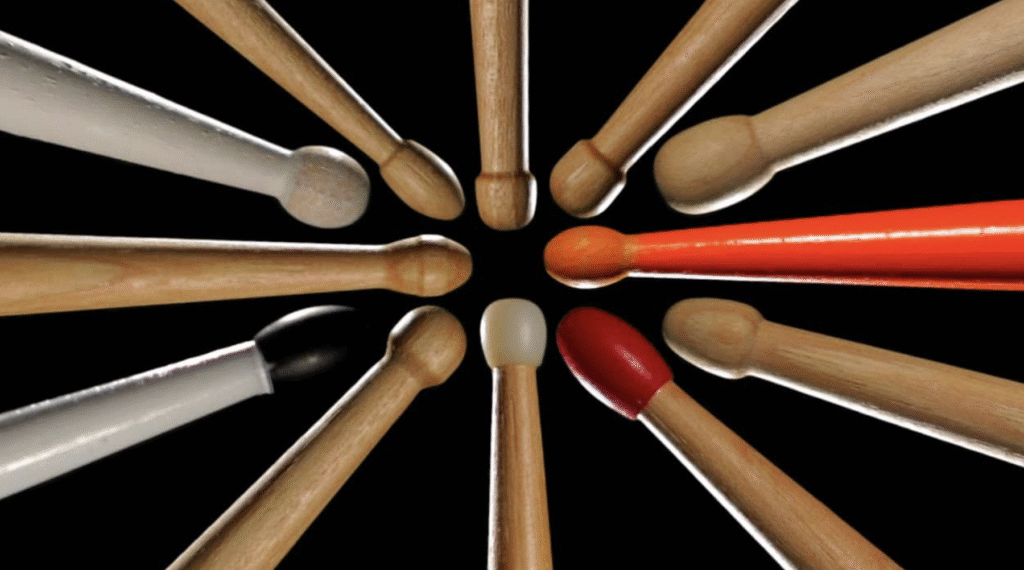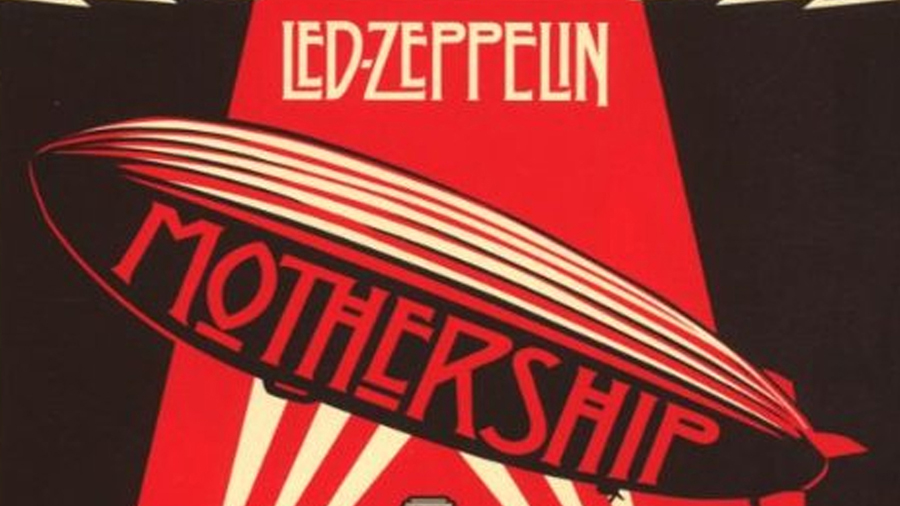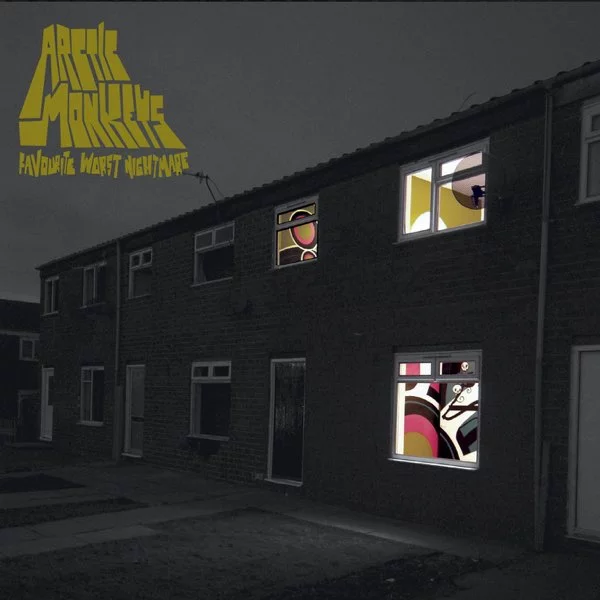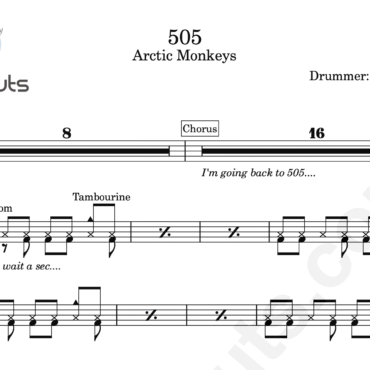What is a Drag?
What is a drag in drumming? It’s a simple rudiment that adds feel, texture, and creativity to your playing. If you’ve ever wanted to make your grooves or fills more expressive, learning the drag is a great place to start.
A drag consists of two grace notes followed by a primary stroke. It’s similar to a flam but with two quick notes leading into the main hit instead of one. This rudiment is often played quickly and quietly, giving your drumming a smooth, flowing quality.

This is what a drag in drumming looks like written in drum music. R = Right hand L = Left hand. Once mastered, the drag opens the door to dozens of other rudiments and can be applied across different styles—from jazz to rock to funk.
The Structure of a Drag
The basic drag is made up of three notes:
-
Two low-volume grace notes played with the same hand
-
One louder, accented main stroke played with the opposite hand
For example, if you play two quiet strokes with your left hand, you follow them with a full stroke from your right. It sounds like “tap-tap-THUD.”
Grace notes should be fast and soft. The final stroke stands out clearly. When played properly, the drag adds a rich, dynamic feel to your rhythm.
How to Practice the Drag
Start slowly. Use a metronome set to a comfortable tempo, around 60–70 BPM. Begin by focusing on control and stick height.
Follow this pattern:
-
Play two soft strokes with one hand.
-
Follow with one loud stroke from the other.
-
Repeat the sequence, alternating hands.
Use a practice pad at first. This helps you isolate stick motion and develop touch. Focus on making the grace notes soft but clear. As you improve, increase your speed and add the drag to your drum set playing.
Tips for Mastering the Drag
To really get the most from this rudiment, keep these tips in mind:
-
Relax your grip. Tension kills control. A relaxed grip makes the grace notes smoother.
-
Listen closely. The timing between the grace notes and the main note should be even and quick.
-
Use rebound. Let the stick do some of the work for you. Rebound helps you play faster and with less effort.
-
Play dynamically. The contrast between the grace notes and the main stroke is what gives the drag its character.
Like most rudiments, mastering the drag takes time. But once you have it down, it becomes second nature.
Different Types of Drags
Drags come in many forms. Once you understand the basic version, you can try these variations:
-
Single Drag Tap: A drag followed by a tap with the same hand.
-
Double Drag Tap: A drag followed by two taps.
-
Lesson 25: A slightly more advanced rudiment combining a drag and a flam.
Each variation has its own rhythm and flavor. They’re commonly found in snare solos, drumline parts, and even standard drum kit fills.
Applying Drags to the Drum Kit
Learning rudiments is important, but applying them musically is even better. The drag works beautifully in fills and grooves.
Try this: Add a drag before each snare hit in a basic rock beat. You’ll instantly feel the difference in texture. It gives your groove a looser, more human feel.
Or, place a drag before a tom hit during a fill. It adds weight and character without making things too busy.
Drags also shine in funk and jazz. In these styles, feel is everything. Adding subtle drags helps you express yourself and groove with more emotion.
Why Every Drummer Should Learn the Drag
So why should you care what drag in drumming is?
Because it teaches:
-
Control: Playing soft and loud strokes in sequence develops control.
-
Timing: Grace notes demand tight timing and focus.
-
Creativity: The drag opens up new ways to play fills and accents.
Every great drummer knows how to use dynamics. The drag helps you speak more clearly with your drums. It’s not just about what you play—it’s how you play it.
Common Mistakes to Avoid
Avoid these mistakes when practicing drags:
-
Playing grace notes too loud: They should support the main note, not overpower it.
-
Rushing: Keep the grace notes evenly spaced. Don’t collapse the rhythm.
-
Stiff wrists: Stay loose and let the sticks move naturally.
Film yourself or practice in front of a mirror. Watching your motion can help you correct technique.
Tips:
- The Drag is made up of two small (grace) notes followed by one big note
- Start with your left stick near the drum skin and your right stick raised. Then reverse
- The two grace notes are not played as 1/16th notes
Wrapping Up
So, what is a drag in drumming? It’s a powerful rudiment that adds depth, feel, and expression to your playing. While simple in concept, mastering the drag takes control, finesse, and practice.
At Drumnuts, we believe learning rudiments like the drag makes every drummer better. They’re the foundation of all great technique. Whether you’re playing jazz, rock, funk, or hip-hop, the drag can serve you well.

